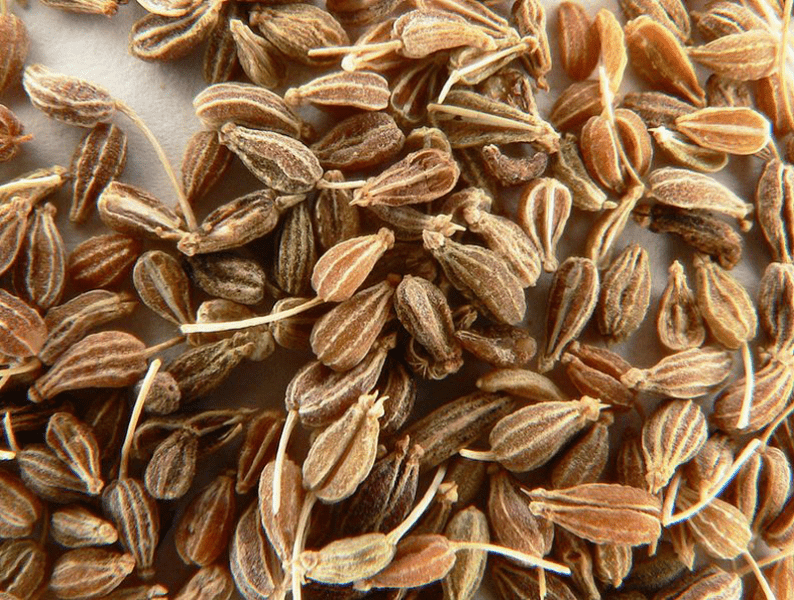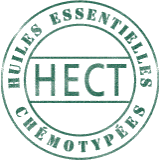Aniseed,
Aniseed, organic India 

100% pure and natural essential oil
Botanical name: Pimpinella anisum
Plant Part: seeds
Extraction method: steam distilled
Origin: India
| 3.00$ |
Free shipping for online orders of more than 69$, before taxes, within Canada.
(View the maximum available formats for free delivery)
Cautions and warnings:
Do not use pure essential oils. Essential oils are diluted in a vegetable oil when applied to the skin. Carry out a skin tolerance test in the crook of your elbow and wait 48 hours before using the oil on the skin. Do not use the essential oil if you notice a reaction such as redness, itching or stinging.
Keep out of reach of children.
If accidental ingestion occurs, seek urgent medical attention or contact a Poison Control Center.
Avoid contact with eyes and mucous membranes. Essential oils should not be applied to the eyes, the eye contour area, neither into the ears. In case of contact, apply a plenty of vegetable oil and take promptly medical advice.
If symptoms persist or worsen when using essential oil, consult a health care practitioner.
If you have epilepsy or asthma, consult a health care practitioner prior to use.
Avoid exposure of applied area(s) to the sun.
Contraindications:
If you are pregnant or breastfeeding, do not use essential oils.
Known adverse reactions:
If you experience nausea, dizziness, headache or an allergic reaction, discontinue use.
Storage:
Store in airtight, light-resistant container at room temperature.
Responsibility:
The information contained on our site is presented purely for information purposes and cannot, in any case, bind the responsibility of the company. In no way does this information constitute a recommendation for preventive or curative treatment, prescription or diagnosis, nor should it be considered as such.
 Words by Anny Schneider
Words by Anny Schneider
This small, very aromatic seed, as it is or even more so in essential oil, is recognized as antiputrid, carminative and digestive.
It also has aphrodisiac properties, is a tonic and is even repellent against certain parasites.
It is sometimes used in Indian cuisine, and also in pastries.
It is also part of the recipe of the famous Mediterranean pastis.
Origin of this essential oil
This essential oil of organic Green anise from India is steam distilled from the seeds of the plant.
Cautions
Keep away from children, air, heat and light.
- Prohibited during pregnancy.
- Rare allergic reactions.
- Contraindicated in case of hormone-dependent cancer.
- Caution in case of hypothyroidism.
More information
Green anise is a herbaceous plant that grows from 20 to 60 cm tall, with an aromatic scent, originating from the Mediterranean region.
It has toothed leaves at the base of the stem, kidney-shaped in the middle, and finely cut at the top.
It has been cultivated for over 4000 years in Mediterranean countries for culinary, decorative, and especially medicinal purposes.
Its richness in anethole has been recognized for a long time, and its effects on digestion are well-known.
Anethole stimulates expectoration, it is also carminative, acaricidal, neuroprotective, anticonvulsant, anti-inflammatory, intestinal spasmolytic, and hepatoprotective.
The Ancients also used it during childbirth, as it was believed to facilitate the labor process and increase lactation.
Green anise essential oil is also (together with star anise) one of the main components of the famous aperitif (literally "appetite-opener") symbolizing vacations and the south of France: Pastis.
Other anise-flavored aperitifs can be found all around the Mediterranean: Raki in Turkey or Albania, Ouzo and Mastika in Greece, Sambuca and Anisetta in Italy, Matalauva in Spain, Kûstennebel in Germany, Ori in Armenia, Araq in the countries of the Fertile Crescent and Palestine, Anisette in Algeria, etc., etc.
Main components of the essential oil:
- Methyl ether phenols: trans-anethole = E-anethole 80 to 95%, methyl chavicol = estragole 0.5 to 5%
- Anisaldehyde 1.5%
- Sesquiterpenes: gamma-himachalene, alpha-himachalene, beta-himachalene, beta-bisabolene, zingiberene
- Monoterpenes: limonene, alpha-pinene
- Dimer of anethole (dianethole) and anisaldehyde (dianisoin).
For further information about this product or to inquire about larger quantities, please send us an email and we will get back to you as soon as possible.
The availability and price of this product may vary without prior notice, if for some reason the quantity you have requested is currently unavailable, we will contact you shortly to discuss the best options to fulfill your needs.
References
* L’aromathérapie énergétique - Lydia Bosson
* L’aromathérapie exactement - Pierre Franchomme, Roger Jolis et Daniel Pénoël
* L’aromathérapie, Se soigner par les huiles essentielles - Dr Valnet
Log in
Subscribe to our newsletter here!
All rights reserved © 2024 - ZAYAT AROMA
Terms & conditions | Security & privacy






